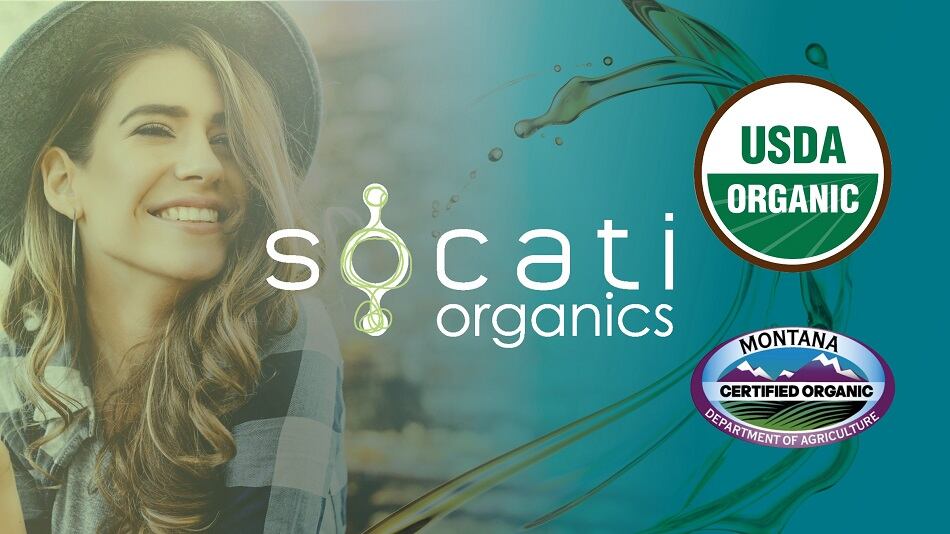For instance, when packaged foods contain non nutritive sweeteners such as aspartame, saccharin, acesulfame potassium (Ace-K), neotame, sucralose, steviol glycosides (stevia) and Lou Han Guo (Monk Fruit), the name of the ingredient would be followed by the word (sweetener). to make the presence of unfamiliar sweeteners clear to consumers.
“We have identified a significant gap in food labeling transparency and we are asking FDA to take action. These actions as a whole represent an overhaul of sweetener labeling,” Courtney Gaine, PhD, RD, president and CEO of the Sugar Association, said during a live webinar held yesterday.
The petition calls for children’s food and beverages to indicate the type and quantity of non-nutritive sweeteners, in milligrams per serving, on the front of food packages. In addition, The Sugar Association is also requesting products making a sugar content claim (i.e. No/Low/Reduced Sugar) to require the disclosure, “Sweetened with [name of Sweetener(s)]” beneath the claim.
The petition also includes a request for disclosure of the potential gastrointestinal side effects from the consumption of sugar alcohols and some sugar substitutes in foods at the lowest observed effect levels.
“These changes are necessary to close a gap in food labeling, but most importantly, they are necessary to provide consumers with complete transparency and accurate information about the contents of the products they buy and eat,” added Dr. Gaine.
The FDA has 180 days to respond to the Sugar Association’s petition.
State of consumers' knowledge of non-nutritive sweeteners
“We all know that added sugars are now required on labels, and as FDA had hoped would result, food companies are looking to reduce the use of added sugars in products. This has resulted in what you might call an explosion in the use of low- and no-calorie sweeteners in food and beverage products as well as a heightened interest in the development of novel sweeteners,” said Dr. Gaine.
Over the past four years the number of products containing at least one non-nutritive sweetener has quadrupled, claimed Dr. Gaine.
“These sweeteners are appearing in products where consumers would not ordinarily think they would be, such as in children’s products. The problem is that many consumers are unfamiliar with the names of low- and no-calorie sweeteners so they’re not even aware of their presence,” she said.
A recent consumer poll conducted by Quadrant Strategies (1,002 sample size) for the Sugar Association found that when given a list of food additives, consumers correctly identified sweetening ingredients only 37% of the time.
According to the same survey, 66% of consumers said it is important for sugar substitutes to be clearly identified as sweeteners on food labels, and 73% of parents surveyed believe it is important to know the amount of sugar substitutes in their children’s food.
In addition, 70% of consumers believe that products labeled “Reduced Sugar” contain fewer calories than the original product leading them to believe they are making the healthier choice. However, too often, that is not the case, said Dr. Gaine (see example below).

"This new data confirms what we have been observing: consumers are confused about alternative sweeteners and want the industry to do better, and we know we can do better," said Dr. Gaine.




